New Antarctic atlas offers index of marine life
- Published
The most complete audit ever assembled of Antarctic sea life is to be published this week.
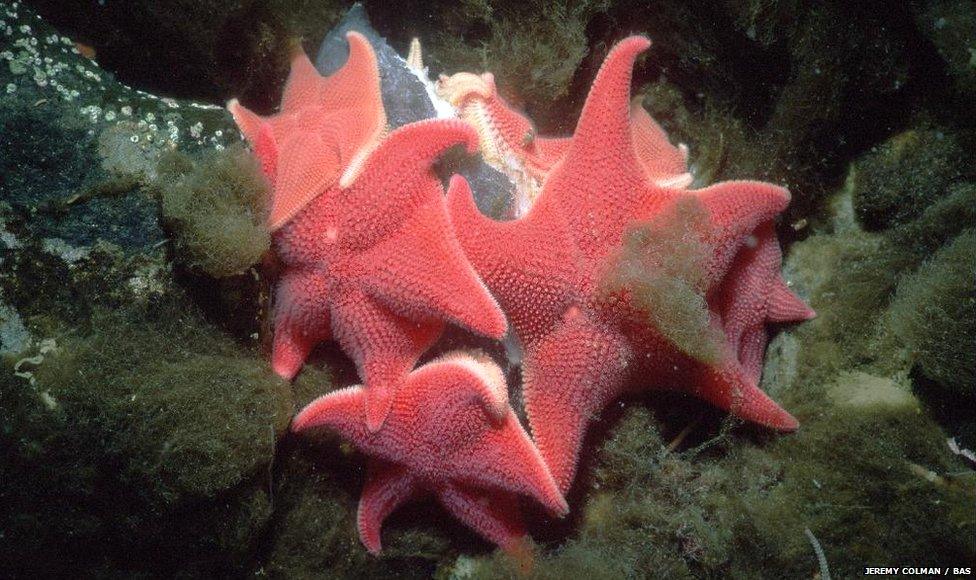
Cushion stars, feeding on seal faeces in shallow water off Antarctica
More than 9,000 species, from single-cell organisms to penguins and whales, are chronicled in the first Antarctic atlas since 1969.
The book will be launched by the Scientific Committee on Antarctic Research, external at its Open Science Conference in Auckland, New Zealand.
Across 66 chapters, the atlas contains around 100 colour photos and 800 maps.
It is called the Biogeographic Atlas of the Southern Ocean, external.

Humpback whales, weighing around 36 tonnes, migrate into Antarctic waters to feed during the summer
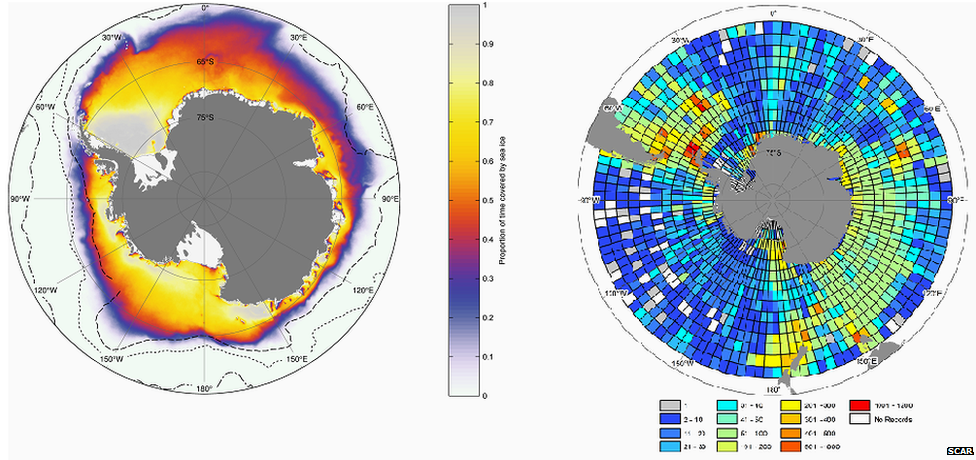
Maps illustrate data such as the proportion of the year spent under sea ice (left), and the number of species reported across the length and breadth of the ocean (right)
"It's been an enormous international effort and will serve as a legacy to the dedicated team of scientists who have contributed to it," said Dr Huw Griffiths, one of the atlas's authors and editors, from the British Antarctic Survey.
Dr Griffiths said he believed the atlas would appeal to "anyone interested in animals living at the end of the Earth".
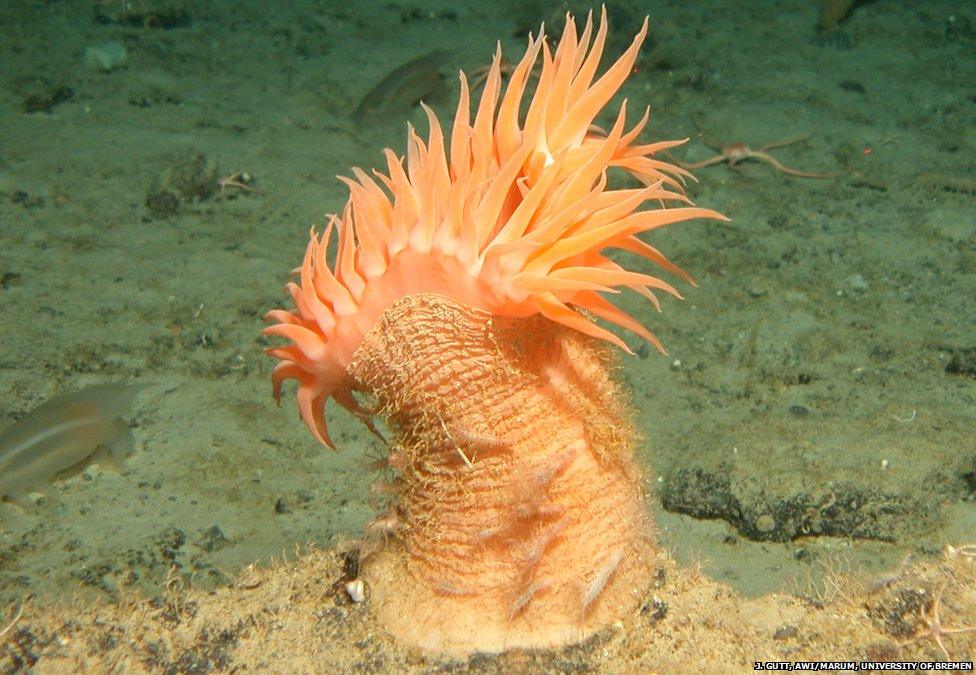
This Antarctic sea anemone ranges from the shallows to over 3km deep, and has 96 tentacles

Adélie penguins currently inhabit the entire Antarctic coast
All together 147 scientists from 91 different institutions around the world contributed to the work, which has taken four years.
They hope the publication will help inform conservation policy, such as the issue of whether marine protected areas should be established in open swathes of the Southern Ocean.
The data include the distribution of different species, insights into their evolution and genetics, their interaction with the physical environment and the impacts of climate change.
Researchers say that compiling the information together can help predict how the habitats and distribution of important species will change in the future.
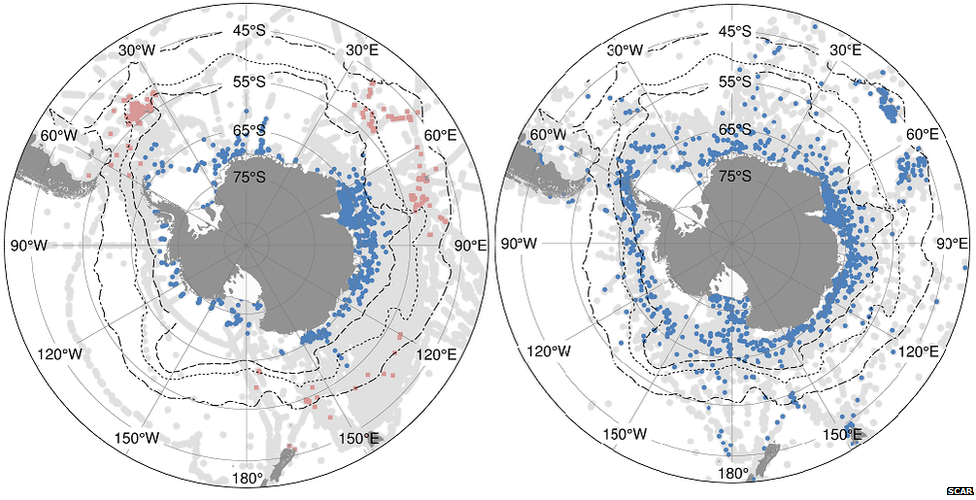
These example distribution maps show sightings, on the left, of king penguins (red) and emperor penguins (blue) - and of killer whales on the right
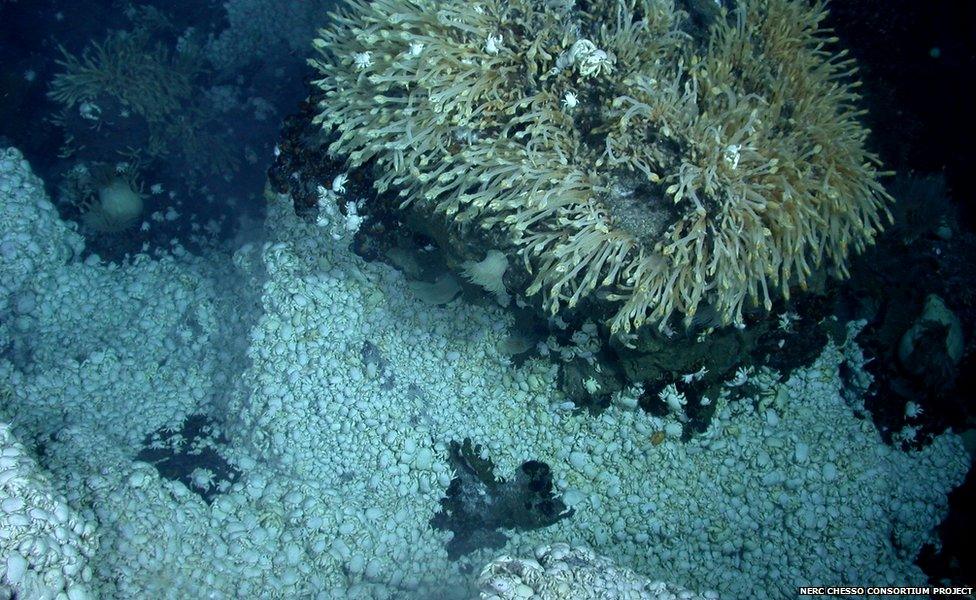
The community around a hot volcanic vent, more than 2km below the surface, includes vast swarms of yeti crabs feeding on bacteria
The book's chief editor, Dr Claude De Broyer from the Royal Belgian Institute of Natural Sciences, said: "This is the first time that all the records of the unique Antarctic marine biodiversity, from the very beginnings of Antarctic exploration in the days of Captain Cook, have been compiled, analysed and mapped by the scientific community."
Dr De Broyer described the atlas as "an accessible database of useful information" for conserving the marine life of the Antarctic.

This 9cm long, carniverous critter is the giant Antarctic isopod, found in large numbers in coastal waters
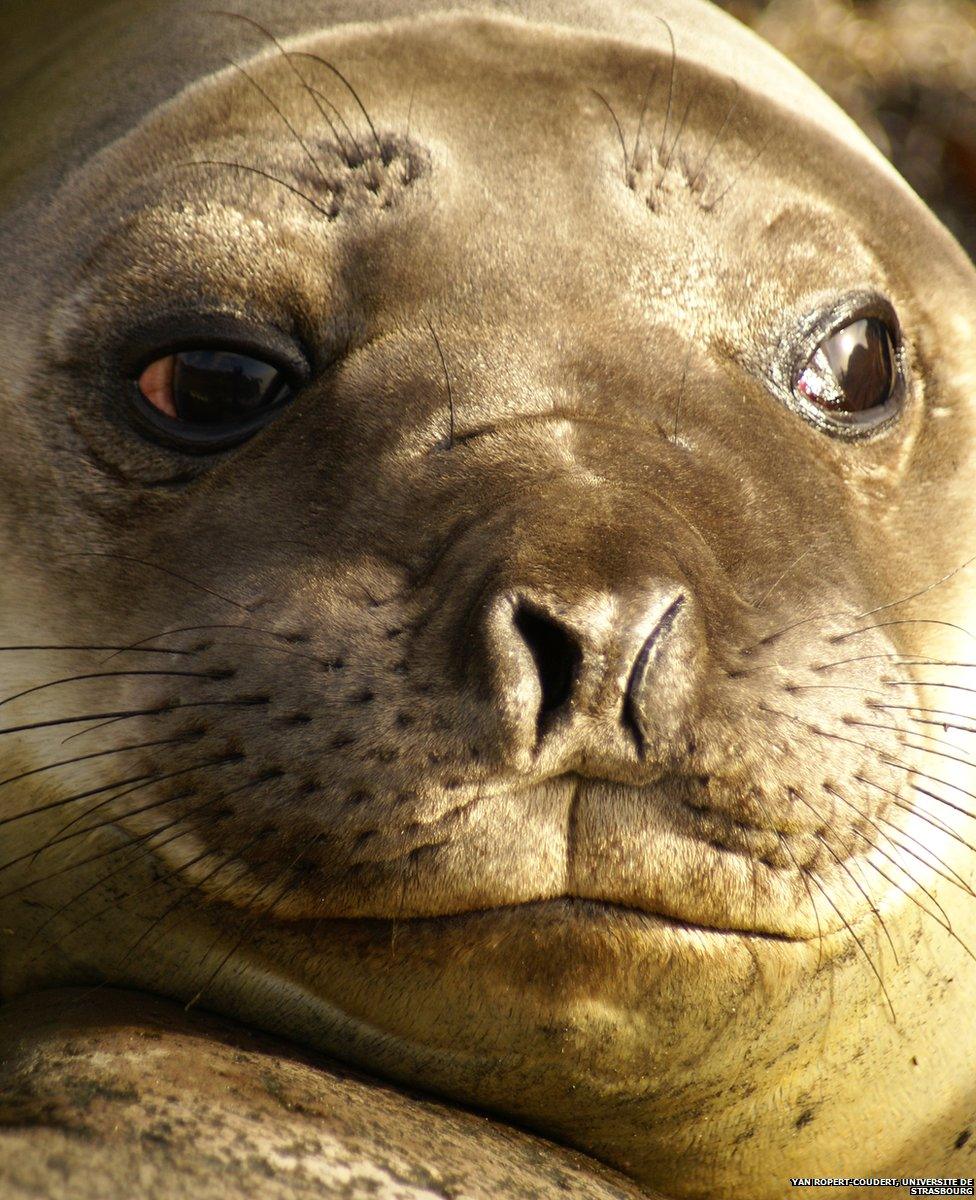
This young southern elephant seal was photographed on Marion Island, one of South Africa's Prince Edward Islands